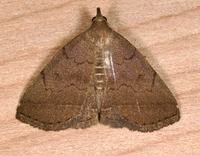
| Recorded by: Jim Petranka, Marilyn Westphal and Becky Elkin. on 2025-08-17
Henderson Co.
Comment: | 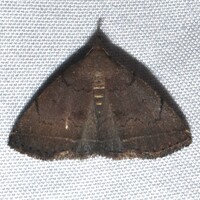
| Recorded by: Jeff Niznik, Larry Chen, Sarah Toner, Kaitlyn Elliott on 2025-08-16
Richmond Co.
Comment: |
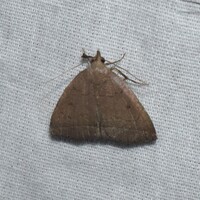
| Recorded by: David George, Jeff Niznik, Kevin Bischof on 2024-08-07
Transylvania Co.
Comment: | 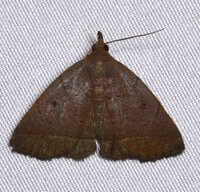
| Recorded by: David George, Stephen Dunn, Jeff Niznik on 2023-07-13
Orange Co.
Comment: |
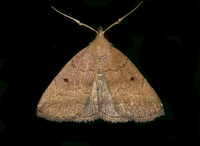
| Recorded by: Jim Petranka on 2022-08-21
Madison Co.
Comment: | 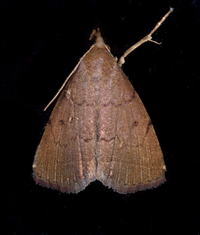
| Recorded by: Jim Petranka on 2021-08-27
Madison Co.
Comment: |

| Recorded by: Jim Petranka on 2021-08-27
Madison Co.
Comment: | 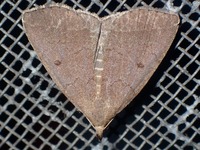
| Recorded by: tom ward on 2021-07-28
Buncombe Co.
Comment: |
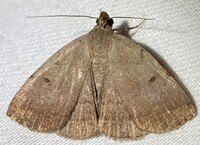
| Recorded by: Dean Furbish on 2021-06-29
Wake Co.
Comment: | 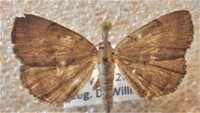
| Recorded by: Darryl Willis on 2021-05-28
Cabarrus Co.
Comment: |
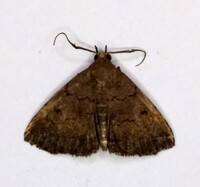
| Recorded by: Gary Maness on 2020-09-03
Guilford Co.
Comment: | 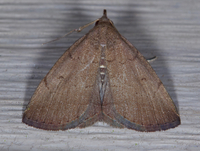
| Recorded by: Jim Petranka and Becky Elkin on 2020-08-16
Madison Co.
Comment: |

| Recorded by: Simpson Eason on 2019-05-08
Durham Co.
Comment: | 
| Recorded by: Steve Dowlan on 2018-08-06
Watauga Co.
Comment: |

| Recorded by: Brian Bockhahn, Paul Scharf on 2015-06-05
Durham Co.
Comment: | 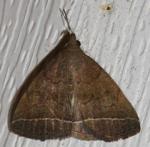
| Recorded by: Doug Blatny / Jackie Nelson on 2013-08-21
Ashe Co.
Comment: |

| Recorded by: Paul Scharf on 2011-05-24
Warren Co.
Comment: |

 »
»


 »
»
